High-performance graphene nanotube batteries for EVs
The automotive industry is switching from ICE-driven cars to EVs, and the key element of EVs is Li-ion batteries. The auto industry has long been searching for the technology to drive a new generation of Li-ion batteries.
Graphene nanotubes—the solution to key battery problems
TUBALL™ graphene nanotubes (also known as single wall carbon nanotubes) are the solution to the major technological challenge of improving lithium-ion battery parameters such as energy density, charge rate, service life, and cost.
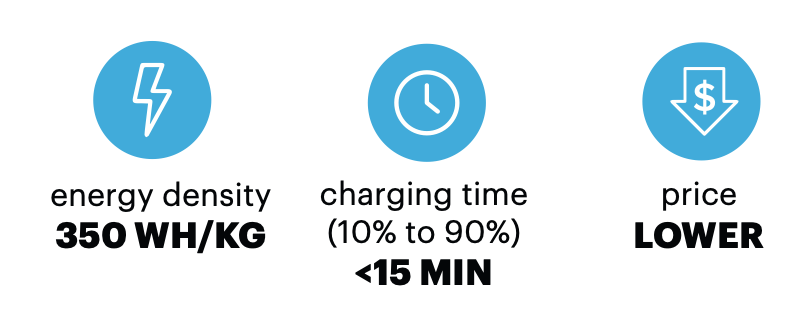
TUBALL™ unlocks mass production of silicon anodes
There is a fundamental and hitherto unresolved problem with silicon expansion during battery charging and discharging, which leads to cracking and loss of contact between the silicon material particles.

TUBALL™ graphene nanotubes are the only material today that creates long, flexible, conductive, strong bridges to keep silicon anode particles well connected to each other even during severe volume expansion and cracking.
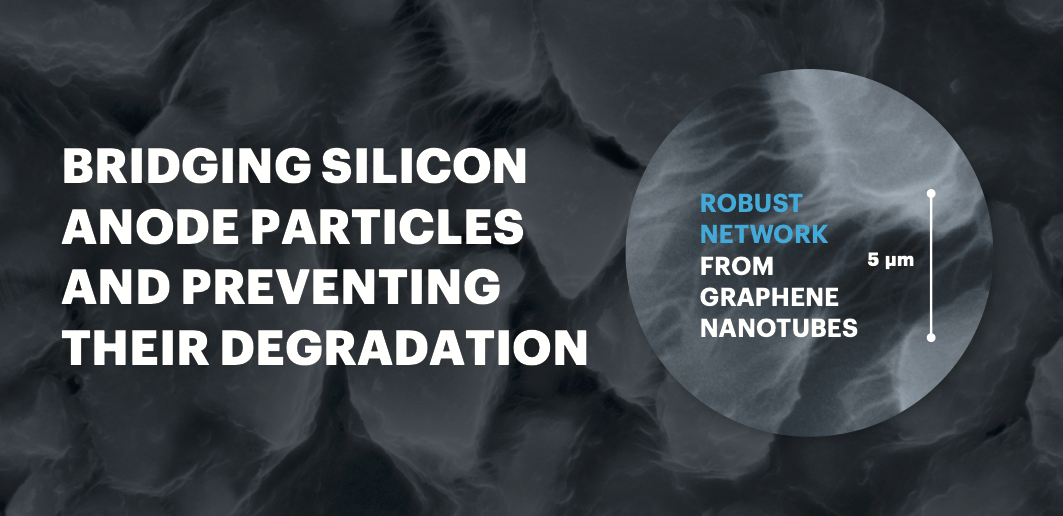
This prevents the anode from going out of service—the hugely improved service life is enough to meet even the strictest EV manufacturer requirements.
TUBALL™ networks increase silicon-based anode cycle life by up to 4 times
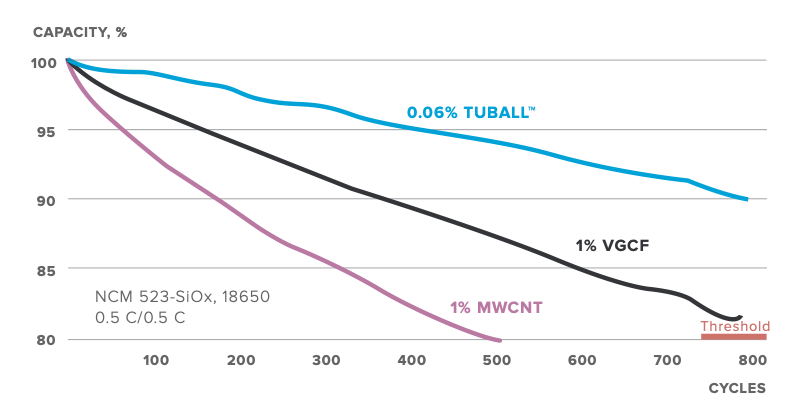
Leading Li-ion manufacturers have proven that TUBALL™ nanotubes make it possible today to create anodes with 20% SiO inside and thus reach record-breaking battery energy densities—up to 300 Wh/kg and 800 Wh/l. Such battery cells can deliver up to +15% higher range than the best Li-ion battery cells on the market.
OCSiAl’s R&D team’s results show that TUBALL™ makes it possible to increase the SiO content in the anode to up to 90%, resulting in an energy density of 350 Wh/kg.
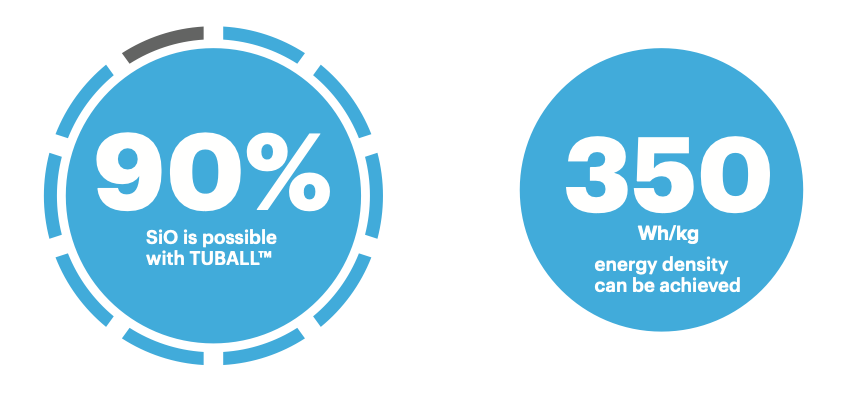
TUBALL™ in cathodes improves key battery parameters
Thanks to their unique intrinsic properties, graphene nanotubes outperform alternatives and offer substantial Li-ion battery performance improvements in terms of energy density, safety, discharge power, and adhesion.
Such performance improvements for Li-ion battery cathodes cannot be demonstrated by traditional conductive materials, such as carbon black or multi wall carbon nanotubes.
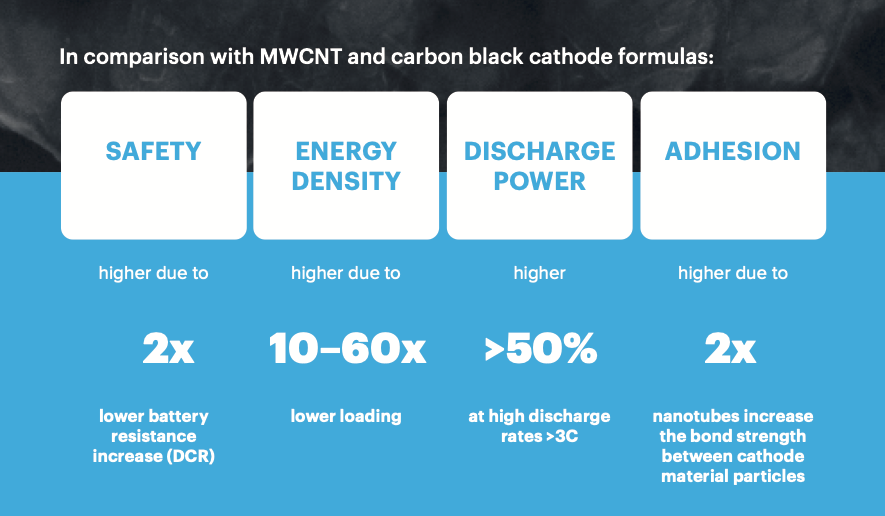
Explore more on TUBALL™ in anodes and cathodes.
TUBALL™ nanotubes: how to apply
OCSiAl, the world largest manufacturer of graphene nanotubes (single wall carbon nanotubes), has developed ready-to-use solutions for both anodes and cathodes.
TUBALL™ BATT contains well-dispersed nanotubes in water or NMP and can simply be mixed in during the standard manufacturing process.
Related videos:
How do nanotubes work inside an electrode?
Contact us to discuss your project specifications or to request a sample
Scientific validation
Silicon Single Walled Carbon Nanotube-Embedded Pitch-Based Carbon Spheres Prepared by a Spray Process with Modified Antisolvent Precipitation for Lithium Ion Batteries
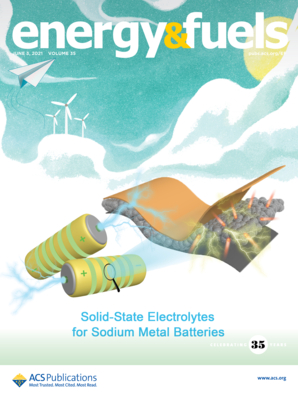
The pitch-derived soft carbon and SWCNTs provided an excellent conductivity, and the porous structure of the composite accommodated the stress produced by the Si expansion.
High areal capacity battery electrodes enabled by segregated nanotube networks

High thickness and specific capacity leads to areal capacities of up to 45 and 30 mAh cm−2 for anodes and cathodes, respectively. Combining optimized composite anodes and cathodes yields full cells with state-of-the-art areal capacities (29 mAh cm−2) and specific/volumetric energies (480 Wh kg−1 and 1,600 Wh l−1).
All-Nanomat Lithium-Ion Batteries: A New Cell Architecture Platform for Ultrahigh Energy Density and Mechanical Flexibility

The all‐nanomat full cell shows exceptional improvement in battery energy density – 479 Wh/kg battery, and Si-anode capacity – 1166 mAh/g.
Optimization of Graphite–SiO blend electrodes for lithium-ion batteries: Stable cycling enabled by single-walled carbon nanotube conductive additive
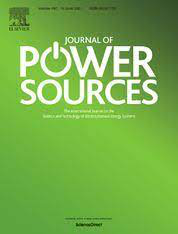
The use of SWCNT conductive additive enables graphite-free SiO electrodes with 74% higher volumetric energy and superior full-cell cycling compared to graphite electrodes.
Self-transforming stainless-steel into the next generation anode material for lithium ion batteries
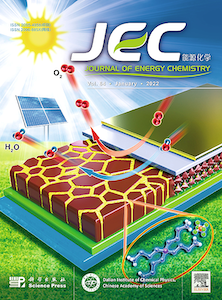
Areal capacities greater than 10 mAh/cm2 and volumetric capacities greater than 1400 mAh/cm3 can be achieved.
Rational design of a high-energy NCA cathode for Li-ion batteries
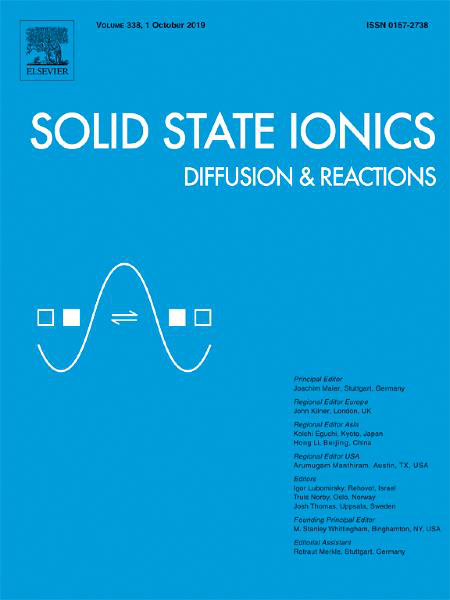
Replacing Denka black with SWCNT allows to reduce the carbon content to 0.2 wt% to further increase the energy density, and 2 wt% of PVDF was shown to benefit the cycling stability due to the mitigated PVDF-induced side reactions from its direct contact with NCA particles.

